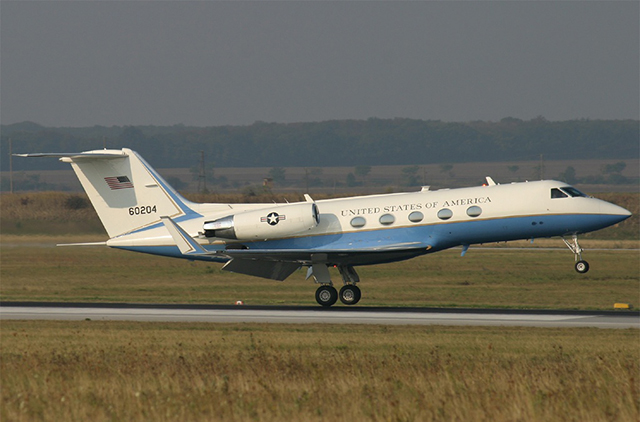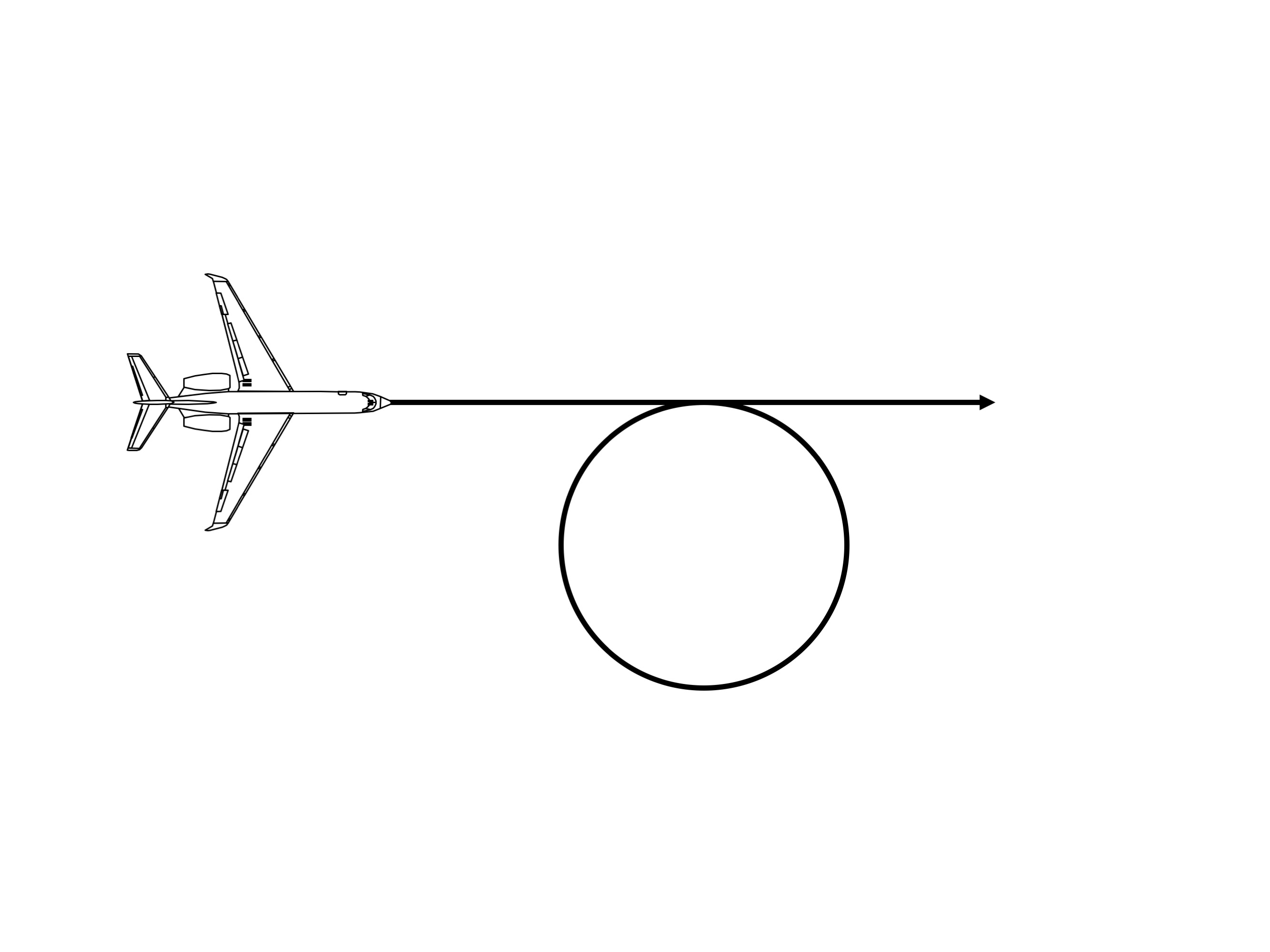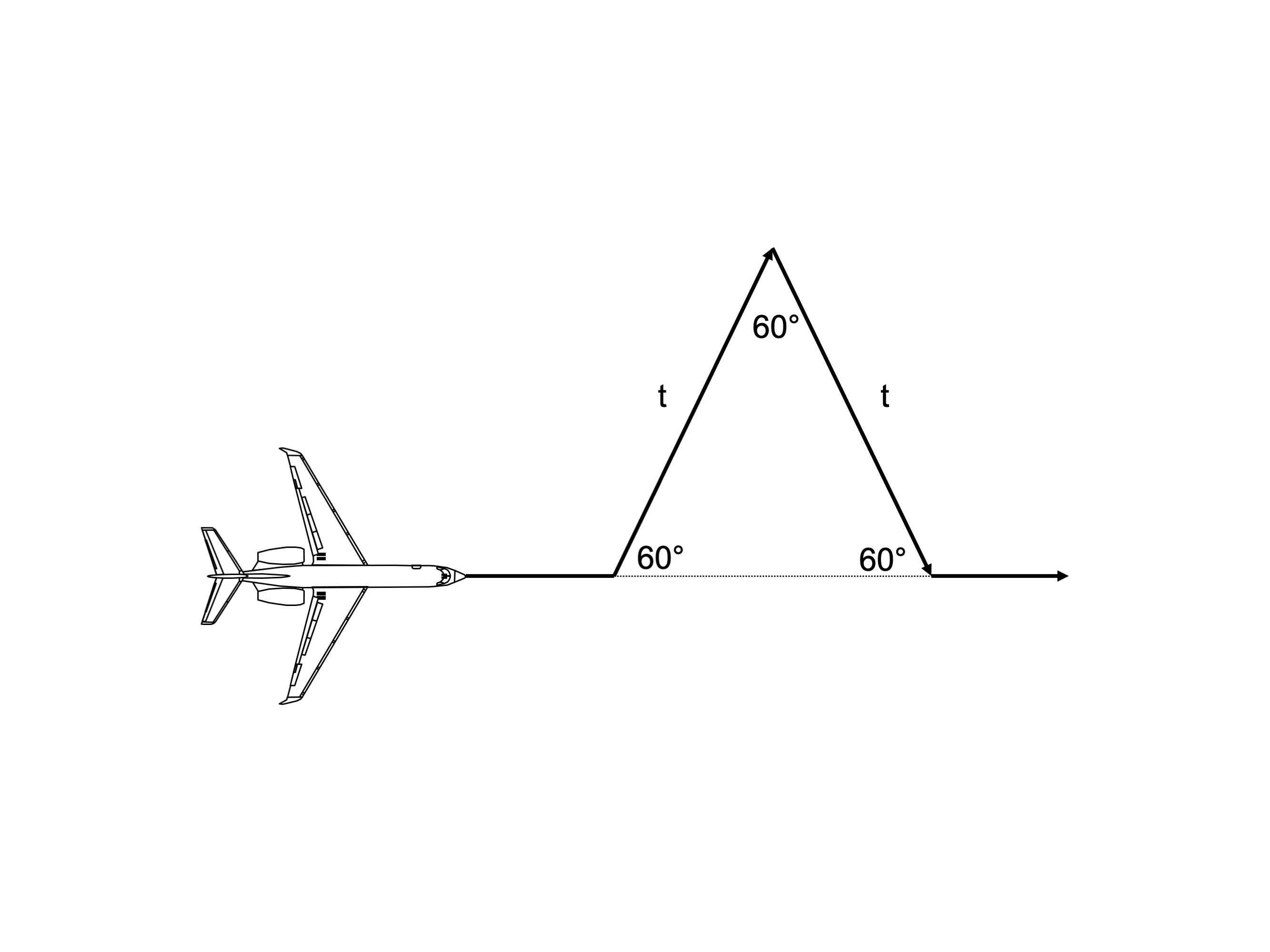As a military pilot flying self-important VIPs for a living, we used to say the block time was all important. It was an all-consuming endeavor. Ten years later, as a civilian corporate pilot, all of this became unnecessary. During my first trip flying the CEO for a major computer company into Germany I realized I was more than an hour late, a far cry from the plus or minus five seconds of my military past. “We’re really late,” I told the other pilot. “Nobody cares,” he said, “I don’t think I care either.”
— James Albright

Updated:
2015-03-18
Every now and then the need for timing does arise: having to make an holding pattern expect further clearance time or an oceanic entry point to name just two. They remain good hip pocket techniques.
As if it mattered
In the VIP airlift business, getting the VIP to the red carpet on time is a very big deal, especially if the arrival is being broadcast live on television. “The pride and reputation of the 89th Airlift Wing is in your hands,” we used to say, “the whole world is watching.”
Of course that was nonsense. Our criterion was officially plus or minus five seconds. Amongst the crews, all that really mattered was that when the air stairs hit the red carpet, the time was the same as passed on ahead. If we said it would be a 1435 arrival, for example, 1435 and zero seconds was okay, 1435 and 59 seconds was okay, and so was anything in between. In the Gulfstream cockpit, we wanted to see the chronometer count down to about minus 15 seconds when we set the parking brake. That gave us 5 seconds to get the generators off line, 5 seconds to shut the engines down, and 5 seconds—no wind of course—to allow the door to open.
The first obstacle to making all this happen back then was the first generation flight management system. We would have been happy to have that kind of technology in the Boeing 707, but we also had a navigator to do all this thinking for us. The problem with our FMS was that it didn’t understand true airspeed decay in the descent. It based its ETA on whatever ground speed it happened to have at the time. If you were at 45,000 feet your true airspeed would be over 400 nautical miles per hour. The FMS would give you an ETA based on keeping that speed all the way to the runway. Of course you had to decelerate. But beyond that, your true airspeed was also going to fall. Flying 200 knots indicated airspeed, for example, gives you 450 knots true at 45,000 feet. At 1,000 feet, 200 knots indicated is 204 knots true.
Our navigators had cheat sheets to make all this easy in the Boeing world and these were soon adapted to the Gulfstream.

Timing ETE Adjustment for TAS decay with descent:
add 6 minutes when 70 nautical miles out
add 5 minutes when 60 nautical miles out
add 4 minutes when 50 nautical miles out
add 3 minutes when 40 nautical miles out
add 2 minutes when 30 nautical miles out
add 1 minute when 20 nautical miles out.
The technique worked—no doubt about it—the question was could it be improved? I ran the numbers and discovered the answer was yes, but it was hard to beat the 89th rule for simplicity and ease of use. If you are trying to make up for lost time and glance down at the FMS and see you are 45 nautical miles out and the ETE is showing you with 7 minutes to go, you know you actually have 10 minutes to go. This was a case where ease of use overruled ironclad accuracy.
Taxi times
To make a block time, you work the process backwards. How long to open the door? Five seconds without a wind, as much as ten seconds with a strong wind from the aircraft’s left. How long to taxi?
Using a DoD or Jeppesen chart, the airfield diagram includes longitude/latitude marks divided by degrees and minutes. A degree on latitude equals 60 nautical miles, a minute of latitude equals 1 nautical mile, and a tenth of a minute equals 1/10 of a nautical mile.
The golden rule was to taxi at 18 knots and plan on pass each tic mark on the chart every 20 seconds. It worked and the math proved it.

Timing: It takes 20 seconds to taxi 1/10 of a nautical mile at 18 knots.
From trial and error we also added 15 seconds for every 90 degree turn and a full 30 seconds for the final turn to the red carpet. Roll out from touchdown to runway exit was 60 seconds. Working backwards from the red carpet to touchdown, we would have an ETA for the red carpet and an ETA for touchdown. Then we would use the FMS to predict a top of descent time, adding 7 minutes for TAS decay with descent. It was really pretty simple, once you did it about a hundred times. Where it got interesting was when you had to adjust for winds, air traffic control delays, and weather diversion.
En Route Speed Adjustments
When en route, making pure, brut force changes to airspeed were the first option when adjusting.
Speed of sound - 573.8 nm/hour (above 36,000 feet)
Which means:
It is helpful to know in advance how much speed you can gain by going as fast as you would normally want versus your normal cruise mach, as well as how much you can lose my slowing as much as you would be comfortable doing at altitude. Say, for example, you normally cruise at M 0.80 and are willing to fly as fast as M 0.83.
So that means we can cover the distance traveled in an hour at the original speed (459 nm/hr) more quickly:
Multiplying by 60 converts that to minutes:
So speeding up by M 0.83 covers the same distance originally flown in 60 minutes in a time of 58 minutes. I'll leave the math up to you, but slowing down by M 0.03 will take 62 minutes.
You can do the same thing for other increments, if your aircraft allows it. Say, for example, you want to be able to speed up to M 0.85 or slown down to M 0.75. You will find that will gain or lose you 4 minutes.

Timing: You can gain or lose two minutes by speeding up or slowing down by M 0.03
Larger Speed Reductions
It is easier to lose time than gain it, obviously. To lose 2 minutes at lower altitudes you can make a standard rate 360 degree turn. At higher altitudes, you may have to settle for a half-standard rate because of bank angles, but that loses you 4 minutes.

Timing: A standard rate 360 degree turn loses 2 minutes, a half-standard rate 360 degree turn loses 4 minutes.
For larger losses, a timing triangle can be used by flying 60 degrees off heading by the amount of time to be lost, then 60 degrees in the opposite direction, then 60 degrees back on course.

Timing: A 60 degree turn off course for time t followed by a 60 degree turn back to course for time t and a 60 degree turn back on course will add time t to the en route ETE.




